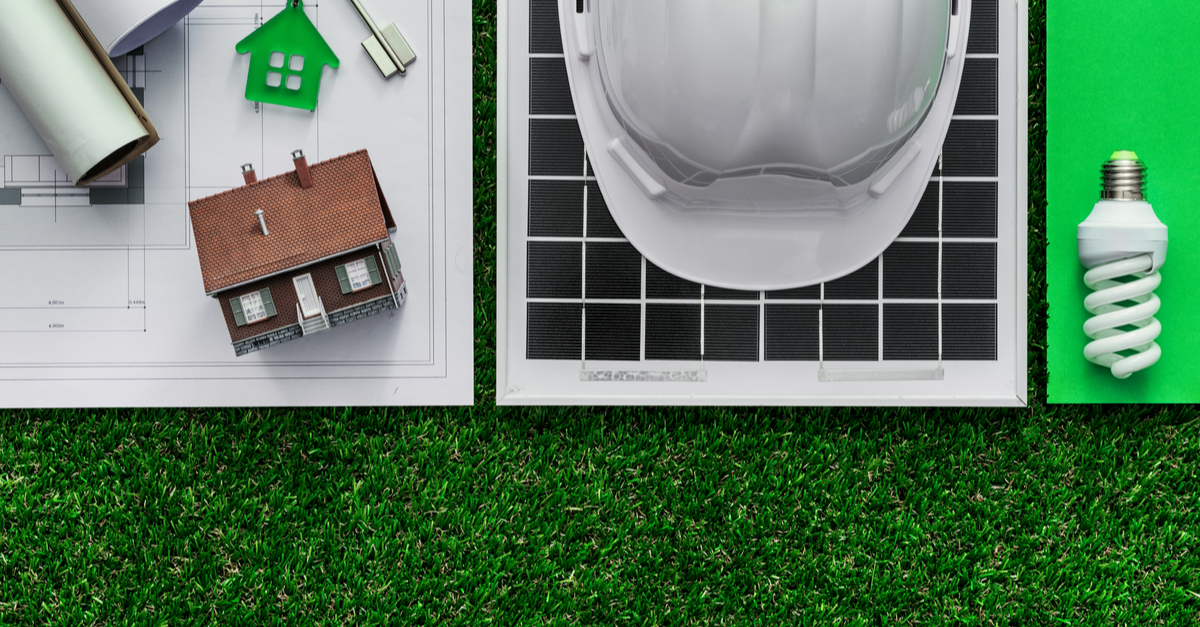More and more builders are starting to think beyond traditional construction methods as we reimagine how projects are conceptualized, designed, and executed. You only need to skim the headlines to discover scientists researching how cigarette butts can conduct energy in bricks and pavement and paint developers rethinking chemicals and colors for more energy-efficient homes.
There is also a growing interest in using recycled glass, drywall, and steel, and renewable resources like bamboo. According to the World Business Council for Sustainable Development, businesses pay less than 2 percent extra on average for green building features. And they’re estimated to recoup as much as seven times that initial expense over the life of the building.
More than ever, the concrete construction trade is front and center as builders and contractors look for potential solutions that could lower costs, speed up construction, and improve quality and safety. As such, everything from 3D printing to self-healing concrete is gaining momentum as new materials are needed to lower carbon footprints and improve cost efficiency.
Turning Science Fiction into Reality
Driving much of this demand for new materials are zero net energy (ZNE) buildings, which generate as much renewable energy as a building consumes in a year. Whether they feature solar panels, wind turbines, or some other material, these buildings are designed to minimize the amount of required energy.
As traditional materials and methods give way to cutting-edge materials, it will be interesting to see how owners and general contractors adapt to how projects are designed and built. Will new projects feature a mix of old and new? Will everything old be recycled into new, greener building materials? With so much technological disruption occurring in the construction industry, contractors can expect to see these futuristic green and renewable building materials play a bigger and bigger role in the coming years.
Check out this infographic to learn more.
.png?width=900&name=MicrosoftTeams-image%20(5).png)
× ![]()
